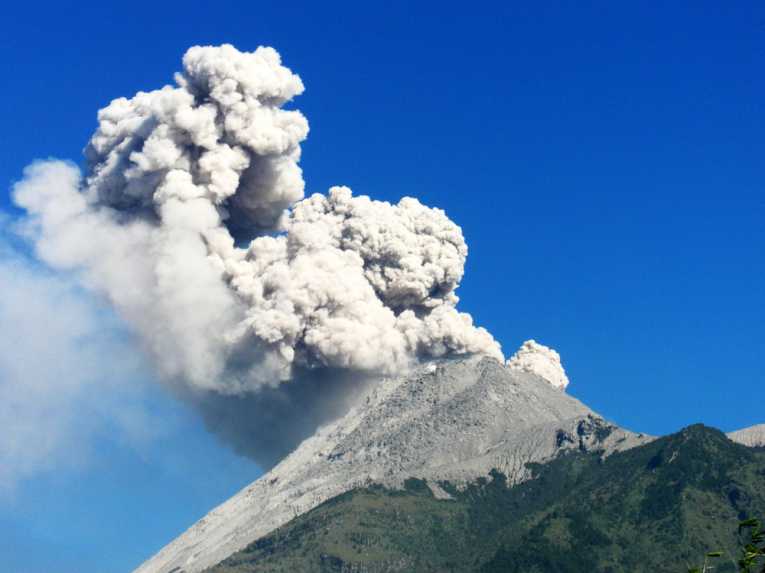Mass extinctions during catastrophic climate change were caused by huge mercury levels, Canadian scientists say. The Earth's greatest global loss of life, around 250 million years ago, wiped out almost all marine creatures and most land-dwellers.
Now, researchers at the University of Calgary have published a paper in the Geology journal, which blames massive mercury levels from volcanic eruptions, 30 times greater than those seen today.
Co-author, Dr. Steve Grasby, an adjunct professor at the University of Calgary and a research scientist at Natural Resources Canada, says, "No one had ever looked to see if mercury was a potential culprit.
"This was a time of the greatest volcanic activity in Earth's history and we know today that the largest source of mercury comes from volcanic eruptions.
"We estimate that the mercury released then could have been up to 30 times greater than today's volcanic activity, making the event truly catastrophic."

Caption: This graphic shows historical variations of Mercury (Hg) deposition before and after the Latest Permian Extinction event as recorded in a sedimentary section in the High Arctic, Canada. The vertical axis demonstrates the depth of the sedimentary section relative to the extinction boundary while the horizontal looks at the amount of mercury accumulation (concentration in the rock) as measured in milligram per kilogram; Credit: Hamed Sanei, Steve Grasby and Benoit Beauchamp. (Sanei et al., 2012, Geology).
This is the first study to blame mercury for the Permian extinctions, says co-author and University of Calgary Geology Professor, Dr. Benoit Beauchamp. "Geologists, including myself should be taking notes and taking another look at the other five big extinction events."
The loss of marine life occurred after the oceans were contaminated by the mercury, explains Dr Hamed Sanei, adjunct professor at the University of Calgary and research scientist at Natural Resources Canada.
"Typically, algae acts like a scavenger and buries the mercury in the sediment, mitigating the effect in the oceans. But in this case, the load was just so huge that it could not stop the damage."
The mercury deposit levels could have been comparable with modern-day levels recorded at highly polluted bodies of water near smelters. Dr. Benoit Beauchamp, says, "We are adding to the levels through industrial emissions. This is a warning for us here on Earth today." adds Beauchamp. He says Canada has led the way in cutting international emissions of mercury.

Caption: Dr. Hamed Sanei analyzes chemical records of the sedimentary rocks deposited during the Latest Permian Extinction event. Dr. Sanei is a research scientist with Natural Resources Canada and an adjunct professor at the University of Calgary; Credit: University of Calgary/Riley Brandt.
In the Permian period, the land was a single continent. It is commonly thought that the eruptions from the volcanoes released carbon dioxide and other deadly poisons after penetrating coal seams. The Calgary University team provided evidence for this in a paper previously published in the Nature Geoscience journal.
Even with the huge levels of mercury, some life on Earth was able to survive, says Dr Sanei. "The story is one of recovery as well. After the system was overloaded and most of life was destroyed, the oceans were still able to self clean and we were able to move on to the next phase of life."










